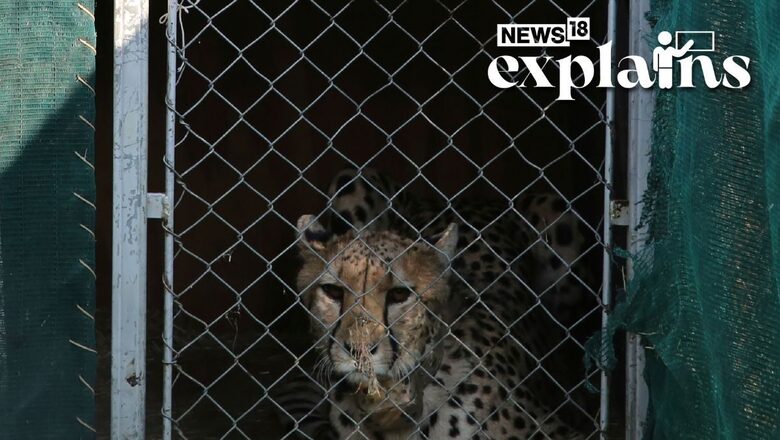
views
The Project Cheetah has suffered a setback after another Cheetah was found dead in Madhya Pradesh’s Kuno National Park. The body of a sub-adult male South African cheetah, named ‘Suraj’, was discovered by a patrolling team in Palpur East Forest Range’s Masavani beat on Friday morning.
The death of the cheetah has pushed the fatality count to eight, including three cubs, in less than four months.
According to the environment ministry, five out of the 20 adult cheetahs brought from Namibia and South Africa died due to natural causes. “Out of 20 adult cheetahs brought from Namibia and South Africa to India, five mortalities of adult cheetahs have been reported. As per the preliminary analysis, all mortalities are due to natural causes,” the ministry said in a statement.
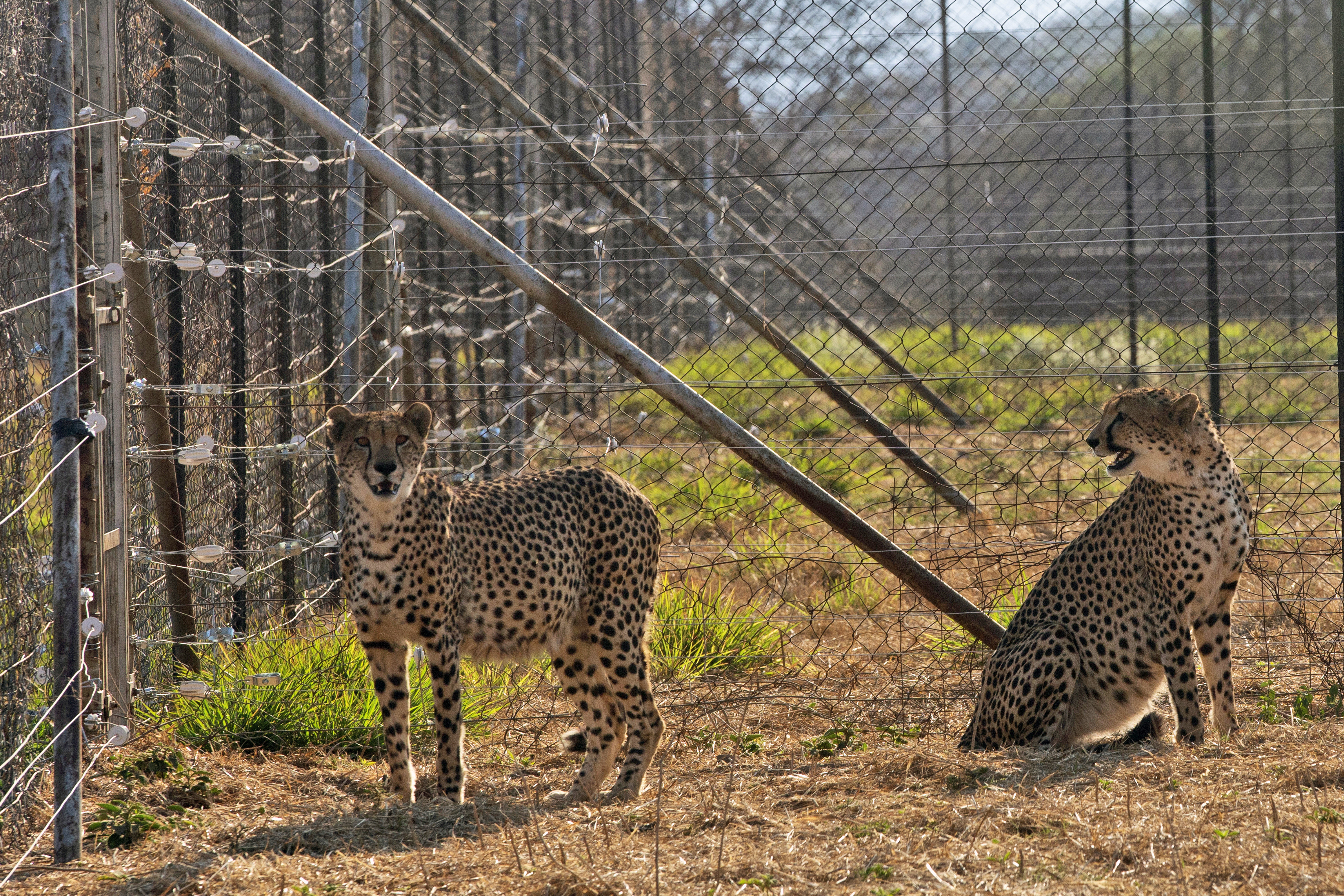
It said the Centre’s Cheetah Project Steering Committee is closely monitoring the project’s progress and has expressed satisfaction with its implementation. The government has deployed a dedicated team from the National Tiger Conservation Authority (NTCA) to work closely with field officials.
What is Project Cheetah?
In September last year, Prime Minister Narendra Modi released eight cheetahs, three males and five females, from Windhoek, Namibia into the Kuno National Park in Madhya Pradesh. It was the first intercontinental transfer of wild cats into India since independence.
Since then, 12 more cheetahs were successfully translocated to Kuno National Park from southern Africa to re-establish the species within its historical range in India, raising the number to twenty. After a mandatory quarantine period, the cheetahs were moved to larger acclimatisation enclosures. Currently, 11 cheetahs are in free-ranging conditions, while five, including a cub born in India, are within a quarantine enclosure.
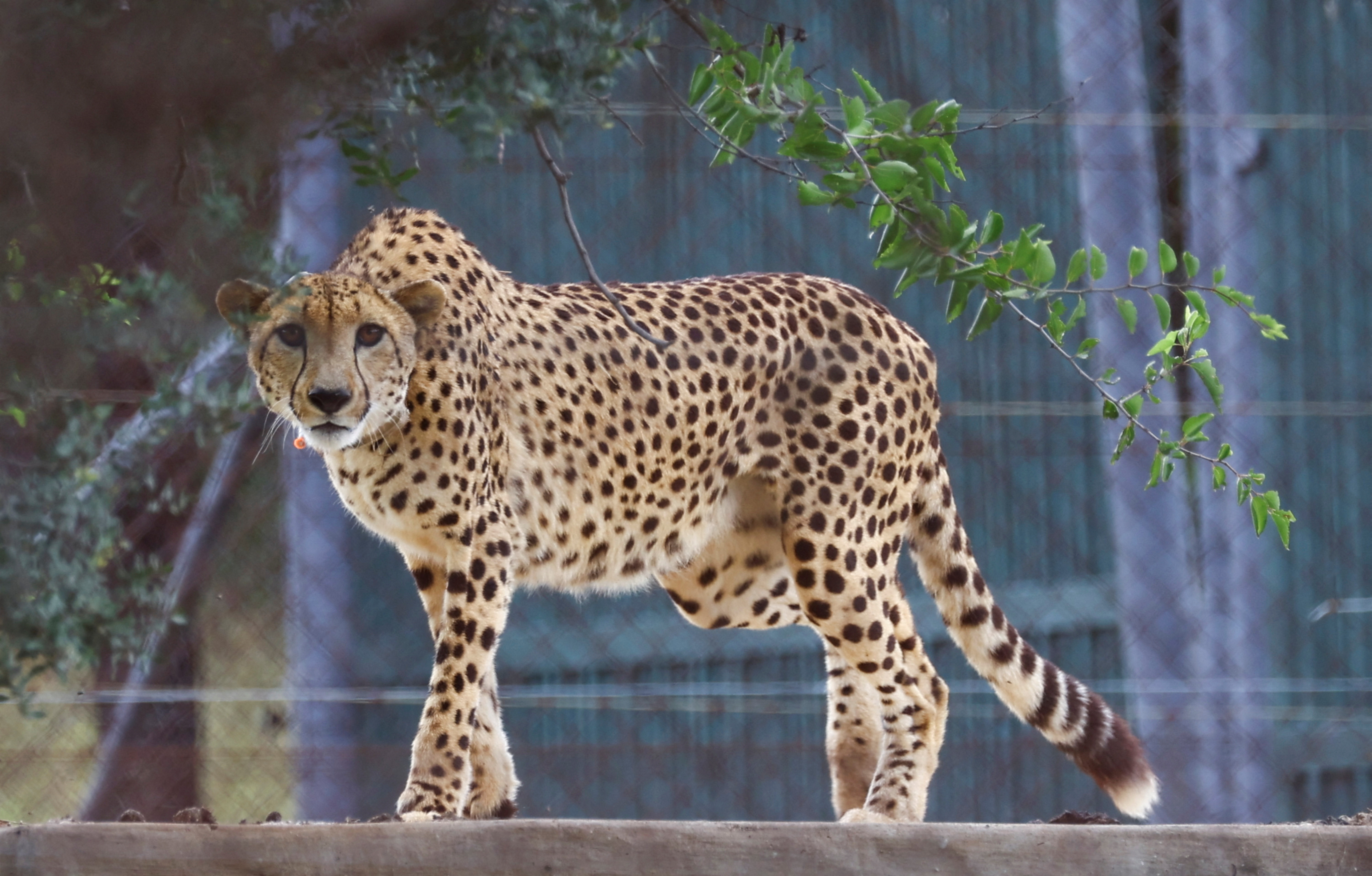
The project aimed to benefit global cheetah conservation efforts by providing up to 100 000 km sq. of habitat in legally protected areas and an additional 600 000 km sq. of habitable landscape for the species. Cheetahs fulfil a unique ecological role within the carnivore hierarchy and their restoration is expected to enhance ecosystem health in India, a government statement said.
Are satellite collars to blame for Cheetah’s Death?
Madhya Pradesh Wildlife authorities has claimed that a monitoring team saw ‘Suraj’ “in a lethargic state around 6.30 am in the Masavani beat of Palpur East Zone.”
The monitoring team spotted a fly around the neck of the Cheetah and when they tried getting close, it ran away, according to a report in The Indian Express.
“The monitoring team immediately informed the control room at Palpur via wireless about the condition of the cheetah. A wildlife medical team and regional officers reached the spot around 9 am. On tracing the cheetah’s location, it was found dead on the spot,” the publication quoted a wildlife officer as saying.
According to a report in The Telegraph India, the wounds near the necks of both the dead suggest that the skin inflammation under the collar attracted flies and led to life-threatening septicaemia. It added that the humid and wet weather might have led to the bacterial infection.
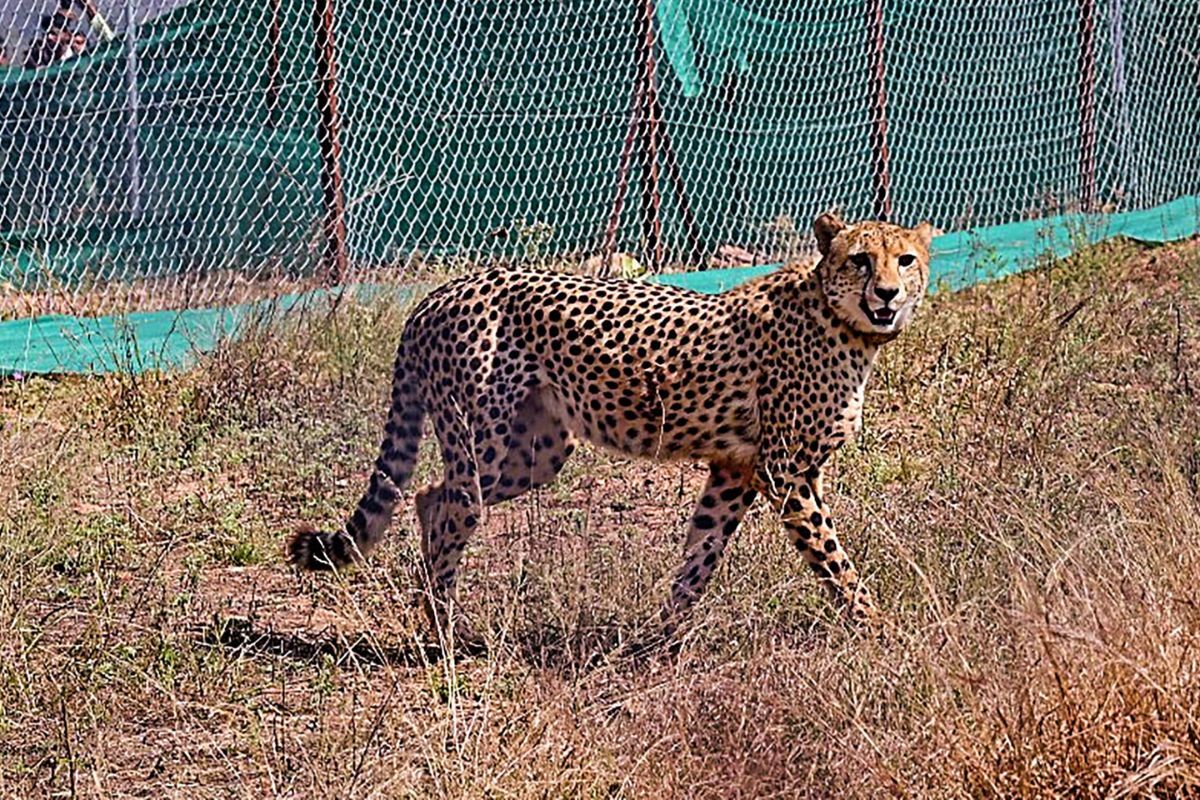
“Possibly because of the humid or wet weather, water accumulates underneath the collar and causes the skin to be constantly wet. This condition attracts flies, the flies lay eggs, and the fly larvae — or maggots — feed on tissues and create wounds that get infected and can lead to systemic infection,” Adrian Tordiffe, associate professor at the University of Pretoria, South Africa reportedly said.
South African cheetah metapopulation expert Vincent van der Merwe also said that extreme wet conditions caused the radio collars to create infection and possibly that was the reason behind the cheetahs’ death.
According to another report in The Indian Express, the wildlife officials in Madhya Pradesh are carrying out an exercise to remove radio collars from 10 free ranging cheetahs at Kuno National Park.
Wildlife authorities are expected to carry out the exercise as it was noted that the coalition of the cheetah brothers from Namibia- Gaurav and Shaurya showed a similar problem, the report added.
Govt Denies Role of Radio Collar to Cheetah Deaths
The environment ministry categorically denied reports attributing the deaths of Cheetahs to factors like radio collars and said they were based on “speculation and hearsay without scientific evidence”. The ministry said the cheetah project is still in progress and it would be “premature to judge its success or failure within a year”.
Preliminary analysis of Cheetah mortalities at Kuno National Park point to natural causes: National Tiger Conservation Authority (NTCA)Reports in media attributing the deaths to other reasons only speculation and hearsay and not based on any scientific evidence
Government of…
— PIB India (@PIB_India) July 17, 2023
Rajesh Gopal, the head of the cheetah project steering committee, said the reason for the cheetahs’ death could be septicemia (blood poisoning by bacteria) from radio collar use.
“It is highly unusual. I have also seen it for the first time. It’s a cause for concern and we have directed (MP forest staff) to check all the cheetahs,” he said. He said it is possible that aberrations, humid weather can lead to infection from radio collar use.
“We have been using collars in wildlife conservation for around 25 years in India. I have never come across such an incident. We have good, smart collars available these days. Still if such an incident is happening, we will have to bring it to the notice of manufacturers,” Gopal added.
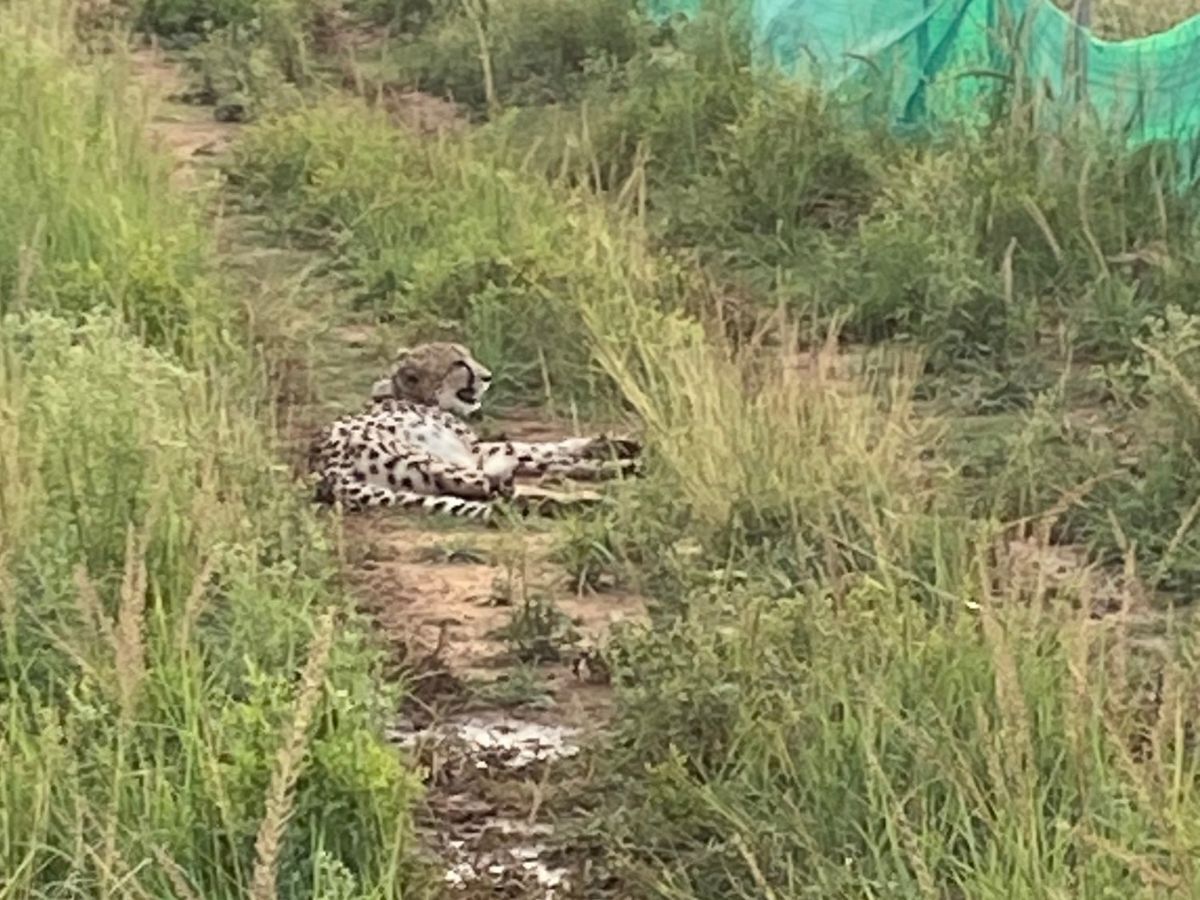
The causes of mortality can include intraspecific fights, diseases, accidents before and after release, injuries during hunting, poaching, road accidents, poisoning, and attacks by other predators.
What are satellite collars?
The cheetah’s movements are tracked using satellite transmitters attached to the collars fitted around the neck of the animal. With the help of Satellite Collar IDs, the wildlife officials can closely track their travels, activities and health.
The GPS in the collars is similar to that used in smartphone and other electronic devices. Satellites can easily identify the electronic signals that the GPS chips broadcast. it is designed in such a way that it won’t be destroyed due to animal’s movements.
Apart from the location, the tool is used to learn about the animal’s physical state. The tags also help communicate health-related information, which can be used to determine whether the animal needs to be treated, according to Hindustan Times.
(With inputs from agencies)














Comments
0 comment